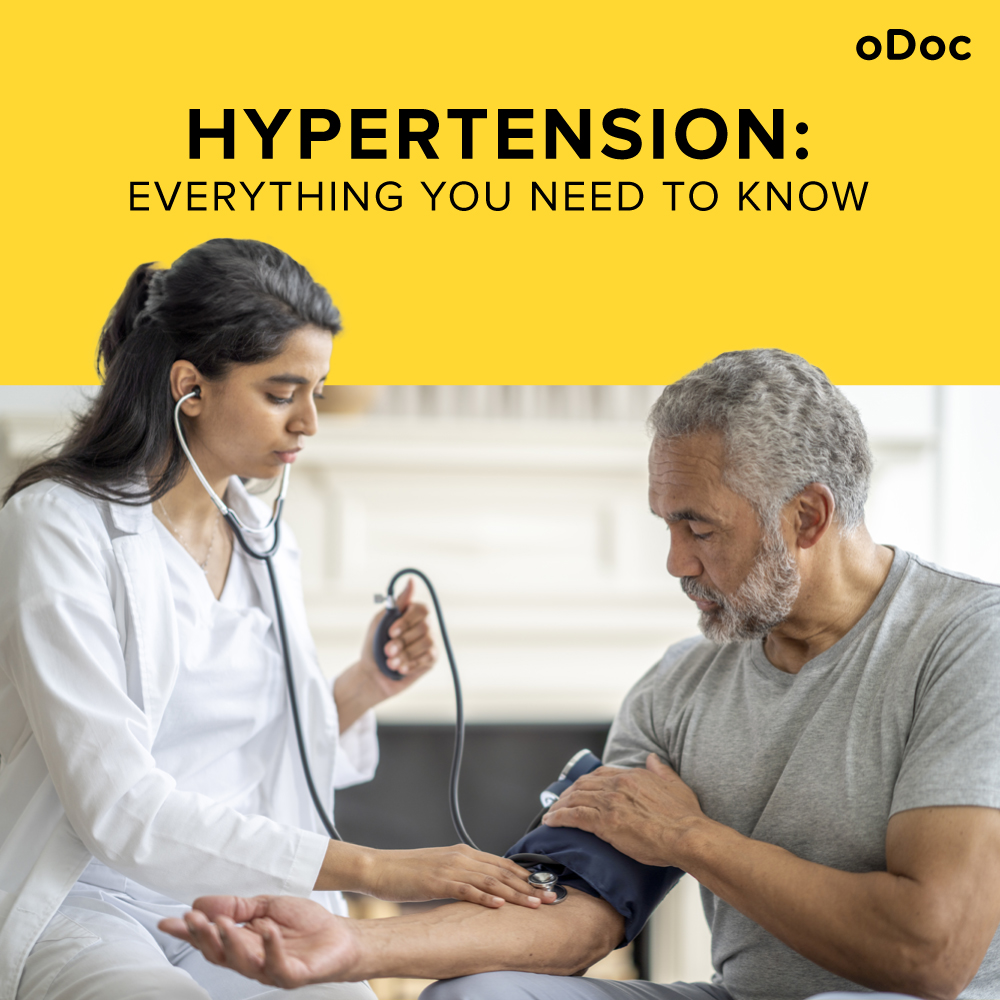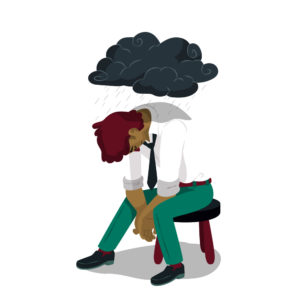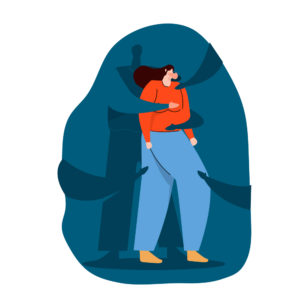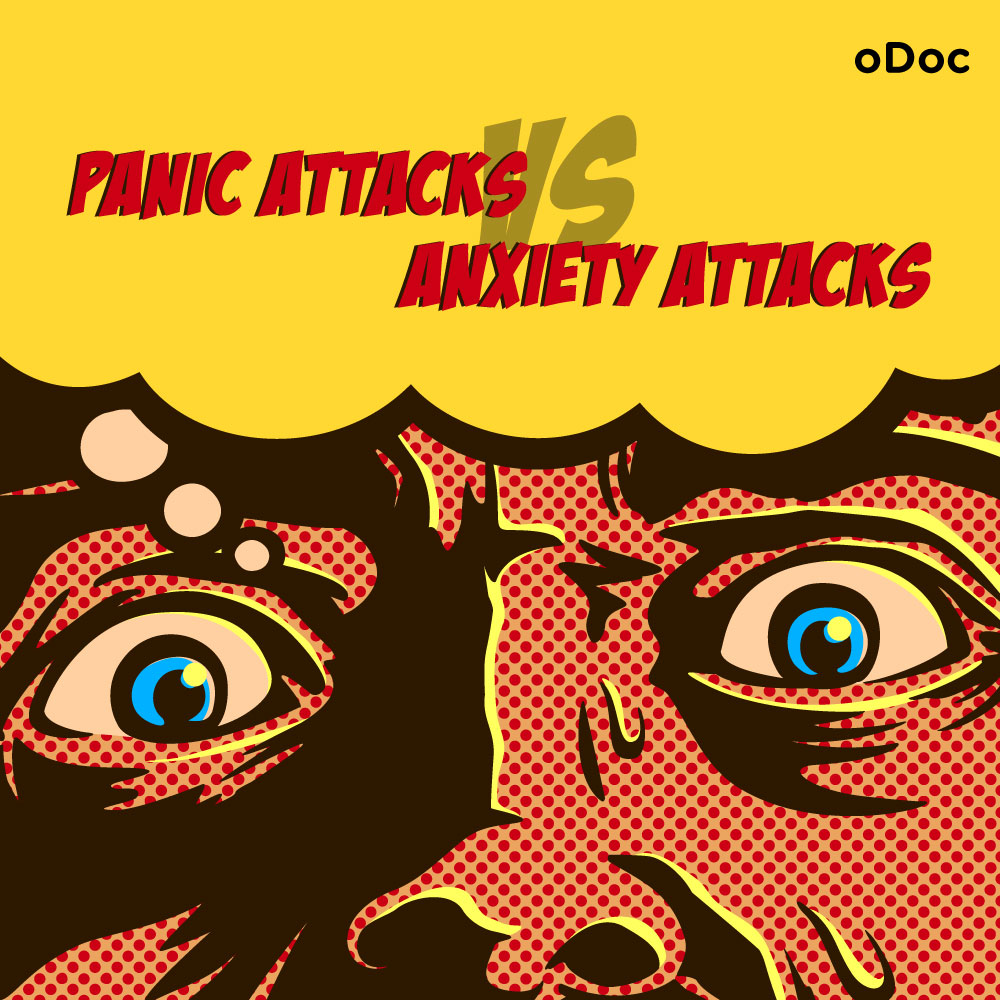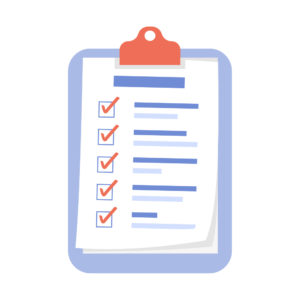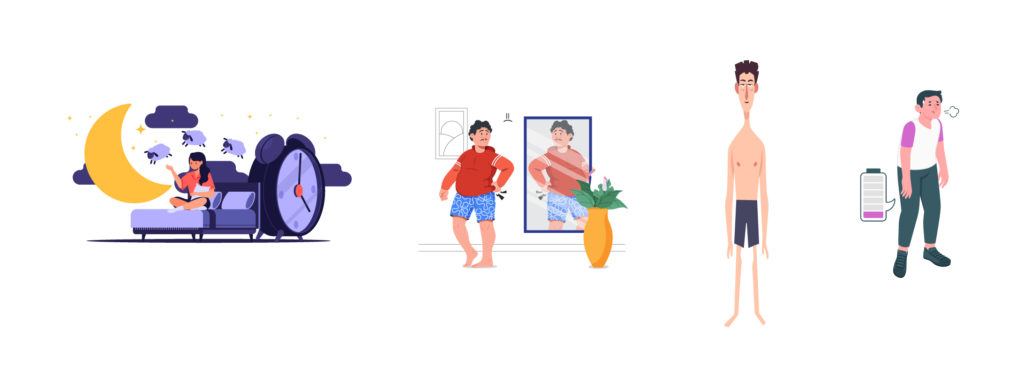Hypertension: Everything You Need to Know
Hypertension, commonly known as high blood pressure, is a chronic medical condition that affects a significant portion of the global population. Despite its prevalence, many individuals remain unaware of hypertension’s potential dangers. In this comprehensive guide, we will delve into the various aspects of hypertension, including its symptoms, risk factors, and prevention, and shed light on this silent but severe health concern.
Fact check: According to WHO, 26.2% of Sri Lanka’s adult population has hypertension.
Understanding Hypertension
Hypertension is characterised by consistently elevated blood pressure levels, specifically when the systolic pressure exceeds 130 mmHg and/or the diastolic pressure surpasses 80 mmHg. Blood pressure is a measurement of the force exerted by the blood against the walls of the arteries as it flows through them.
Symptoms of Hypertension
One of the reasons hypertension is often referred to as the “silent killer” is that it rarely presents noticeable symptoms in its early stages. However, as the condition progresses, some individuals may experience frequent headaches, dizziness, blurred vision, fatigue, chest pain, difficulty breathing, and irregular heartbeat. It’s crucial to be aware of these warning signs and seek medical attention if they arise.
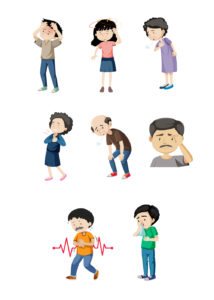
Risk Factors
Understanding the risk factors associated with hypertension is essential for prevention and early detection. Several factors can contribute to the development of high blood pressure:
- Genetic Predisposition: A family history of hypertension increases the likelihood of developing the condition.
- Unhealthy Lifestyle Choices: Poor diet, excessive salt consumption, lack of physical activity, obesity, smoking, and excessive alcohol consumption can all contribute to high blood pressure.
- Underlying Medical Conditions: Certain medical conditions, such as diabetes, kidney disease, and sleep apnea, can increase the risk of hypertension.
- Age: The risk of hypertension increases as blood vessels lose their elasticity over time.
- Stress: Chronic stress can lead to high blood pressure, so managing stress is crucial.
Prevention of Hypertension
While some risk factors for hypertension, such as genetics, cannot be modified, adopting a healthy lifestyle can significantly reduce the likelihood of developing the condition. Here are some preventive measures to consider:
- Maintain a Balanced Diet: Focus on consuming a diet rich in fruits, vegetables, whole grains, lean proteins, and low-fat dairy products. Limit your intake of saturated fats, cholesterol, and sodium.
- Regular Exercise: Engage in moderate aerobic exercise, such as brisk walking, swimming, or cycling, for at least 150 minutes per week. Incorporate strength training exercises to build muscle and improve cardiovascular health.
- Limit Alcohol and Tobacco: Minimise alcohol consumption and avoid tobacco products altogether. Both substances can raise blood pressure and contribute to other health complications.
- Stress Management: Practise stress-reducing techniques like deep breathing exercises, meditation, yoga, or engaging in hobbies to manage stress levels effectively.
- Maintain a Healthy Weight: Achieve and maintain a healthy body weight through a balanced diet and regular exercise. Losing excess weight can significantly lower blood pressure.
Hypertension is a prevalent medical condition that requires attention and proactive management. By understanding the symptoms, risk factors, and prevention measures associated with hypertension, individuals can take proactive steps to maintain optimal blood pressure levels and reduce the risk of associated health complications. Early detection, regular monitoring, and healthy lifestyle choices are key to managing hypertension effectively and promoting overall well-being.
If you suspect you have hypertension, it’s advised to speak to your primary care physician and you can do this with just a few taps via the oDoc app!
Sources
Hypertension.” World Health Organization (WHO), 16 March 2023, https://www.who.int/news-room/fact-sheets/detail/hypertension.
High Blood Pressure Symptoms and Causes | cdc.gov.” Centers for Disease Control and Prevention,
https://www.cdc.gov/bloodpressure/about.htm
High blood pressure (hypertension) – Symptoms and causes.” Mayo Clinic, 15 September 2022, https://www.mayoclinic.org/diseases-conditions/high-blood-pressure/symptoms-causes/syc-20373410
Similar Articles...

Let’s talk flu, its prevention and home remedies.
Boo-ger season is here! Let’s begin by defining flu (short term for influenza) because it’s usually misunderstood as fever or cold. Flu is a common

Menopause Brain Fog is real: A Simple Guide with Symptoms and Treatment
Menopause Brain Fog is real: A Simple Guide with Symptoms and Treatment Women in their 40s and 50s who are just entering the end of

How to Keep Work Stress from Taking Over Your Life
How to Keep Work Stress from Taking Over Your Life In today’s fast-paced and competitive world, work stress has become an all-too-common problem that affects
